IFEX daily log
Tuesday, September 20, 2005
Rita was upgraded to a hurricane this morning. It has gotten better-organized on
satellite imagery (Fig. 172), with deep convection surrounding the core and the
suggestion of an eye forming. The eye shows up clearly on coastal radar (Fig. 173). Rita
is moving through the Florida Straits, crossing the Florida Keys as a Category 1
hurricane. The deep-layer steering flow (Fig. 174) indicates that Rita will continue this
general westward motion and emerge into the southeastern Gulf of Mexico.
Environmental conditions remain favorable, with light-to-moderate shear (Fig. 175)
combining with high SSTŐs and low-level moisture to provide a favorable environment
for continued intensification.
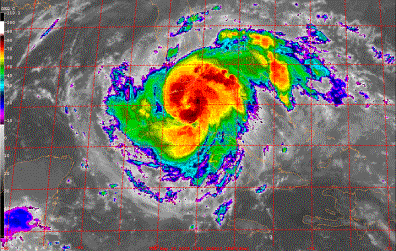
Figure 172. GOES-East infrared image valid 1245 UTC September 20.
Today there was a NHC-tasked SFMR mission into Hurricane Rita. N43RF
performed this mission. The NRL P-3 did not fly today, since the proximity of the storm
to Florida and Cuba would limit room for maneuvering. N42RF was still down this day,
continuing the replacement of one of its engines. The plan for N43RF was to fly a single
figure-4 pattern, beginning on the northwest side, with 105 nm leg lengths. An HRD
sonde would be dropped at Key West and in each eyewall quadrant. NHC has requested
a drop in the northwest eyewall. The aircraft would also do an overflight of Key West,
for comparison of the tail radar Doppler velocities with Key West velocity/azimuth
displays (VADs). The aircraft would fly at 8000 ft.
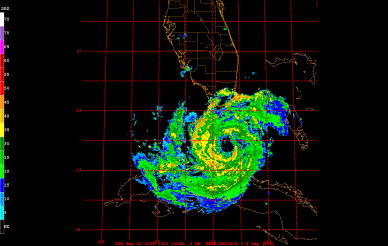
Figure 173. WSR-88D radar for Key West valid 1300 UTC September 20..
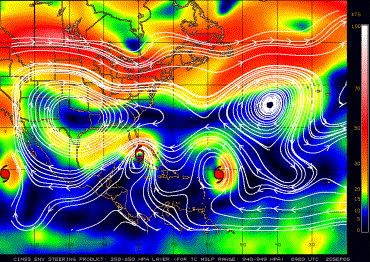
Figure 174. CIMSS-derived 250-850 hPa layer-averaged wind (shaded, kt) valid 09 UTC
September 20.
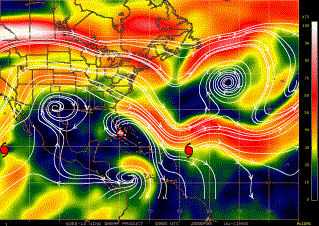
Figure 175. CIMSS-derived 850-200 hPa vertical shear (shaded, kt) valid 09 UTC
September 20.
The pattern was flown as planned, with a modification to account for the
proximity of the storm to Cuba (Fig. 176). During the flight the storm was getting better
organized. The surface wind maximum was 90 kt on the southeast side of the storm.
There was a marked asymmetry in SFMR-derived winds between the northwest and the
southeast side, as peak SFMR-derived winds on the northwest side were 65 kt and peak
SFMR-derived winds on the southeast side were 90 kt. The eyewall was open on the
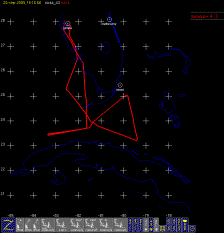
Figure 176. Plot of flight track for N43RF on September 20.
north side, as indicated by both lower fuselage and Key West 88D radar (Fig. 177). The
slope of the eyewall on the southeast side was nearly vertical, while on the northwest side
it was more horizontally-sloped. The combination of the surface wind asymmetry, lower
fuselage radar pattern, and differences in the slopes of the southeast and northwest
eyewall all suggest the possibility that the storm is experiencing some easterly or
southeasterly shear. Also evident on the Key West radar is a principal rainband spiraling
in from the southeast, around to the north side of the storm. The rain in the band is
predominantly stratiform on the north side of the storm but is mostly convective on the
upwind side of the band (i.e., east side of the storm). Multiple bands were also evident
on the southwest side of the storm.
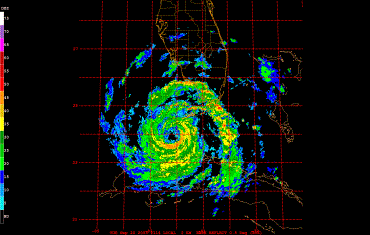
Figure 177. WSR-88D radar for Key West valid 2114 UTC September 20
The initial pass through the storm showed a double eyewall structure, with the
outer eyewall open on the north side and the inner eyewall open on the east and southeast
side. On subsequent passes the outer eye became more elliptical, rotating cyclonically as
the flight progressed. The MSLP dropped to 976 hPa, and the peak surface winds (as
observed by the SFMR) was 90 kt on the southeast side of the storm.
A total of 6 HRD sondes was dropped, included one in each eyewall pass and one
at Key West. This was a successful mission, as it accomplished the objectives of the
tasking and sampled a storm that was complex and highly-evolving. The presence of the
principal rainband on the northeast side and the multiple bands in the south are both
possible targets for a joint IFEX/RAINEX research mission planned for the following
day.
Rob Rogers
HRD Field Program director
Return to IFEX calendar page
![[Atlantic Oceanographic and Meteorological Laboratory]](../../../hrd_top_logo7.jpg)
![[OAR/DOC/NOAA Logos]](../../../oar_noaa_doc_logos3.jpg)